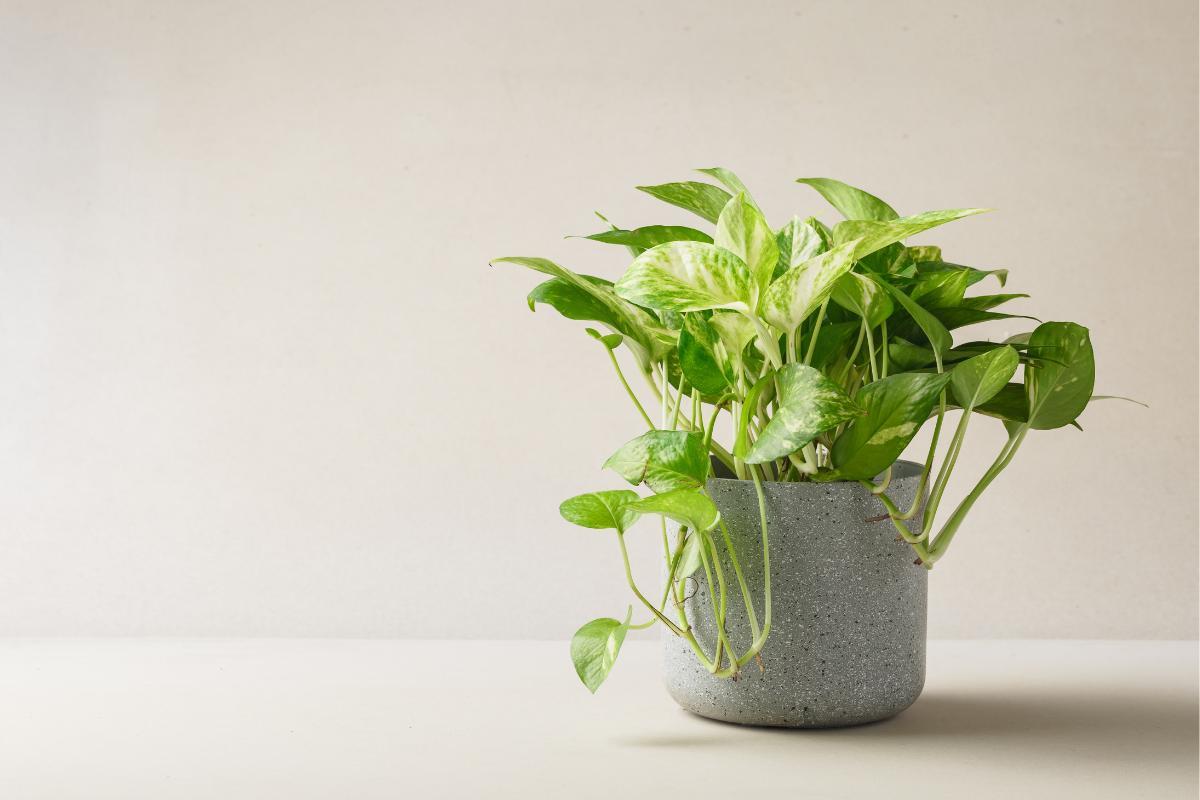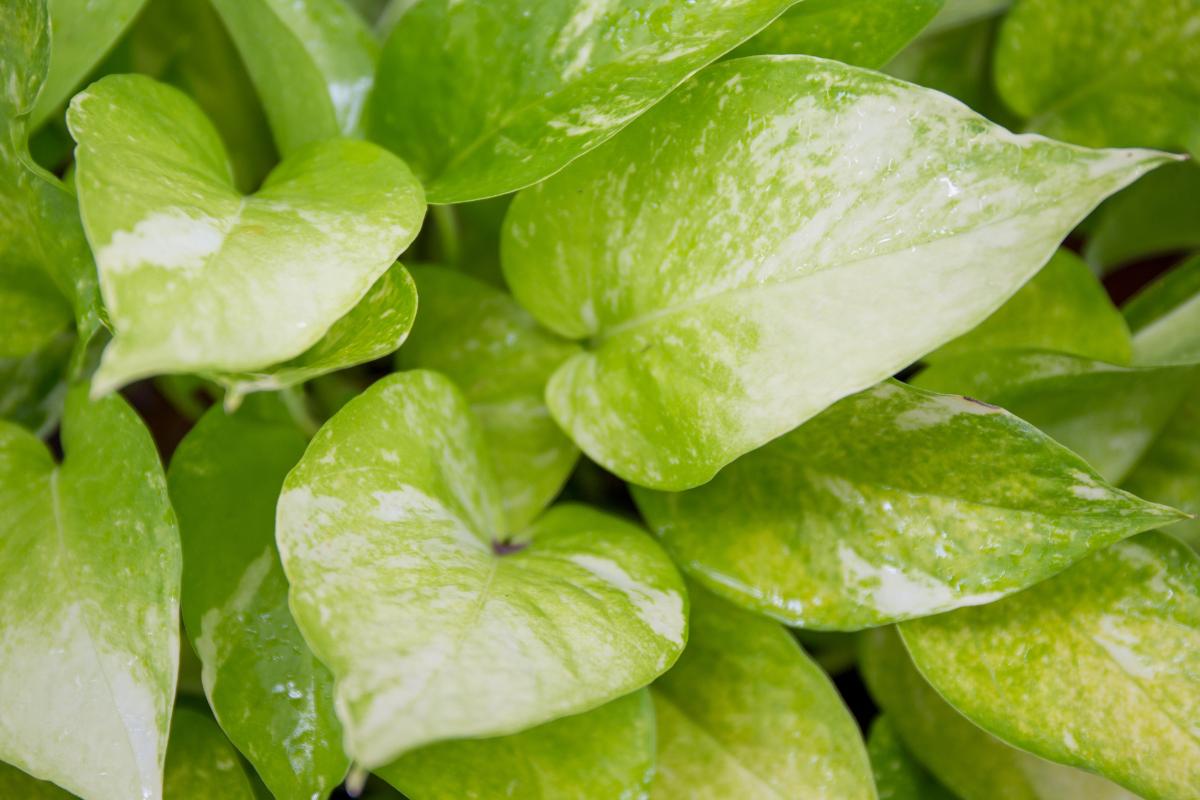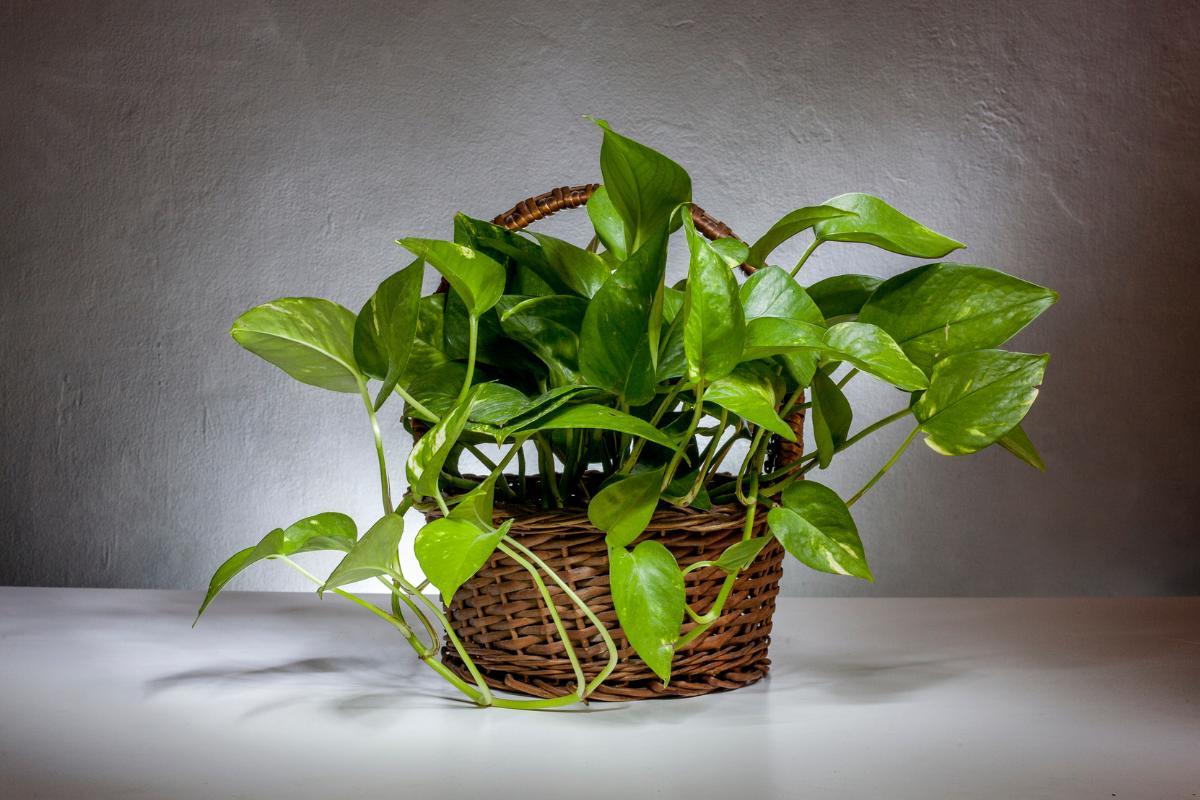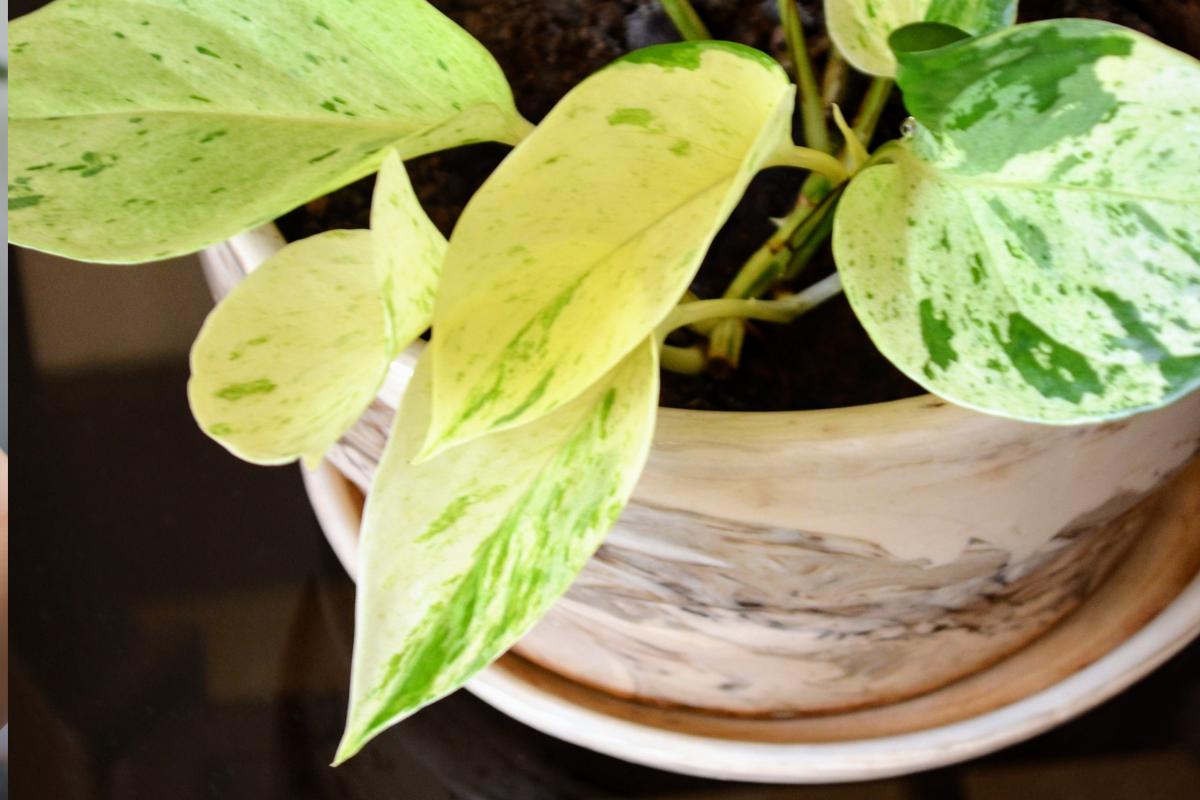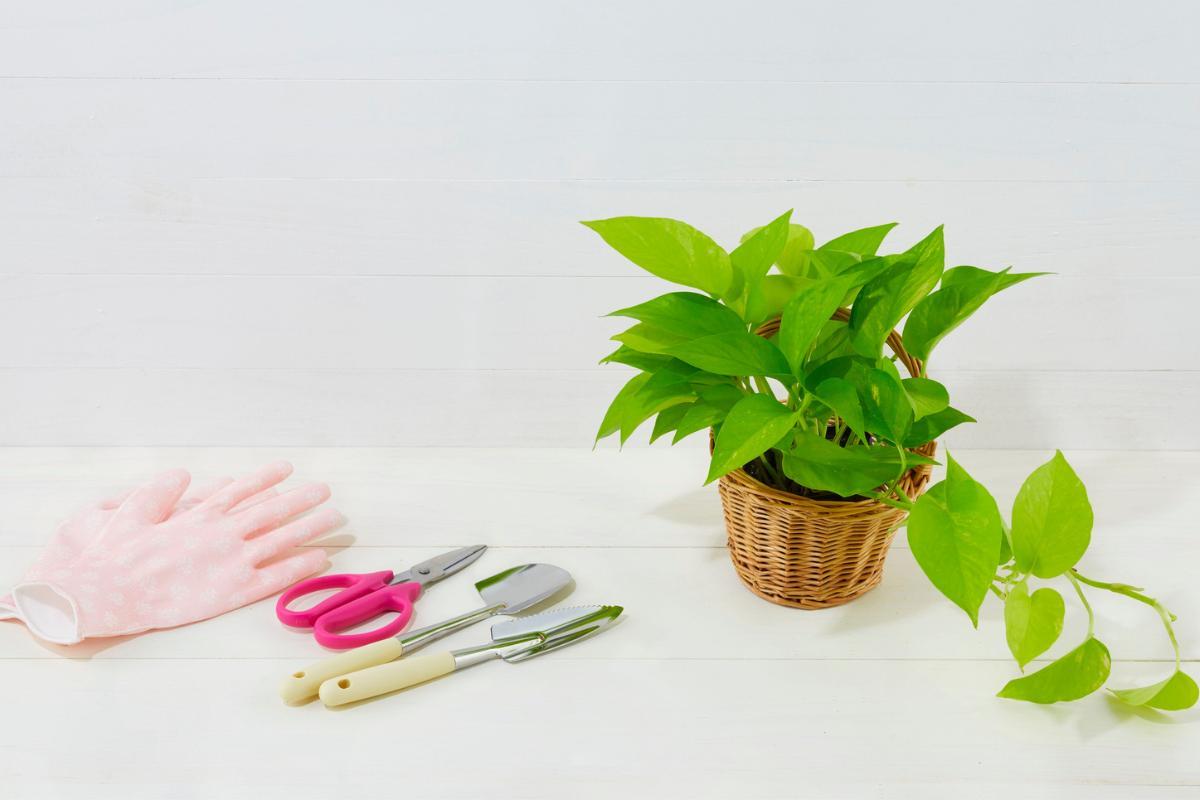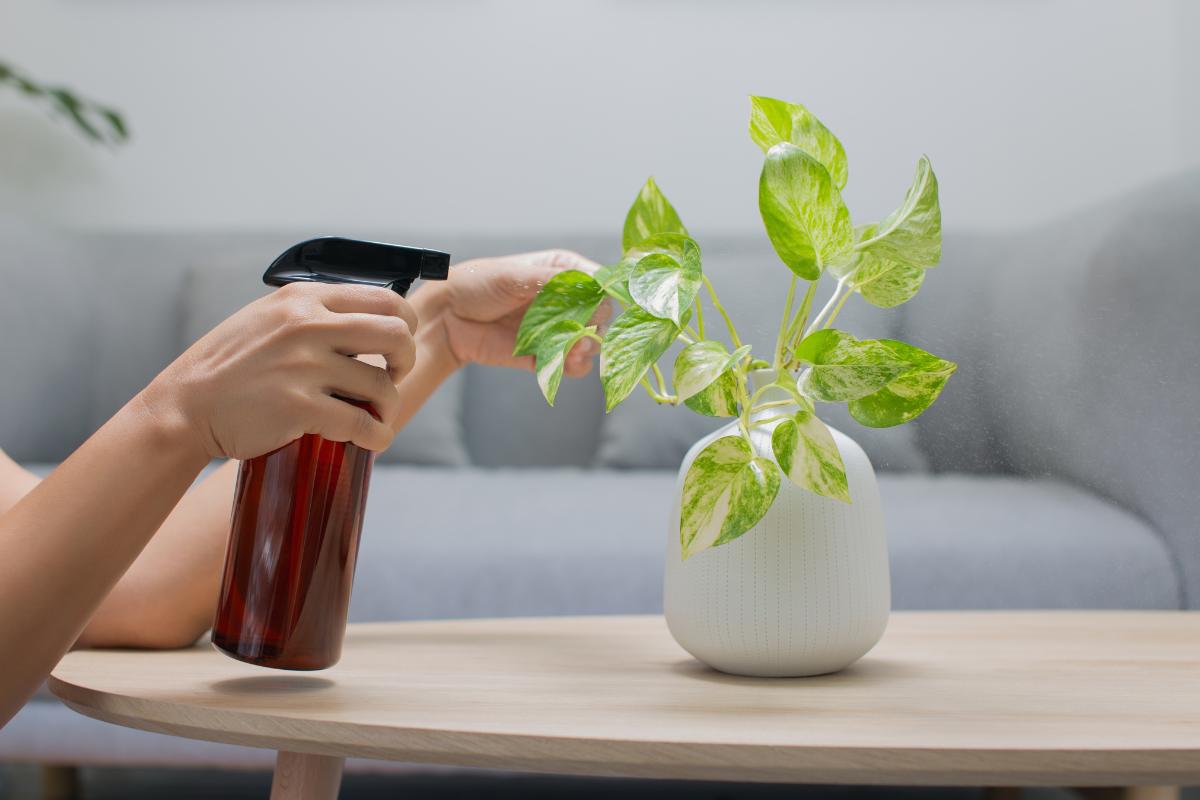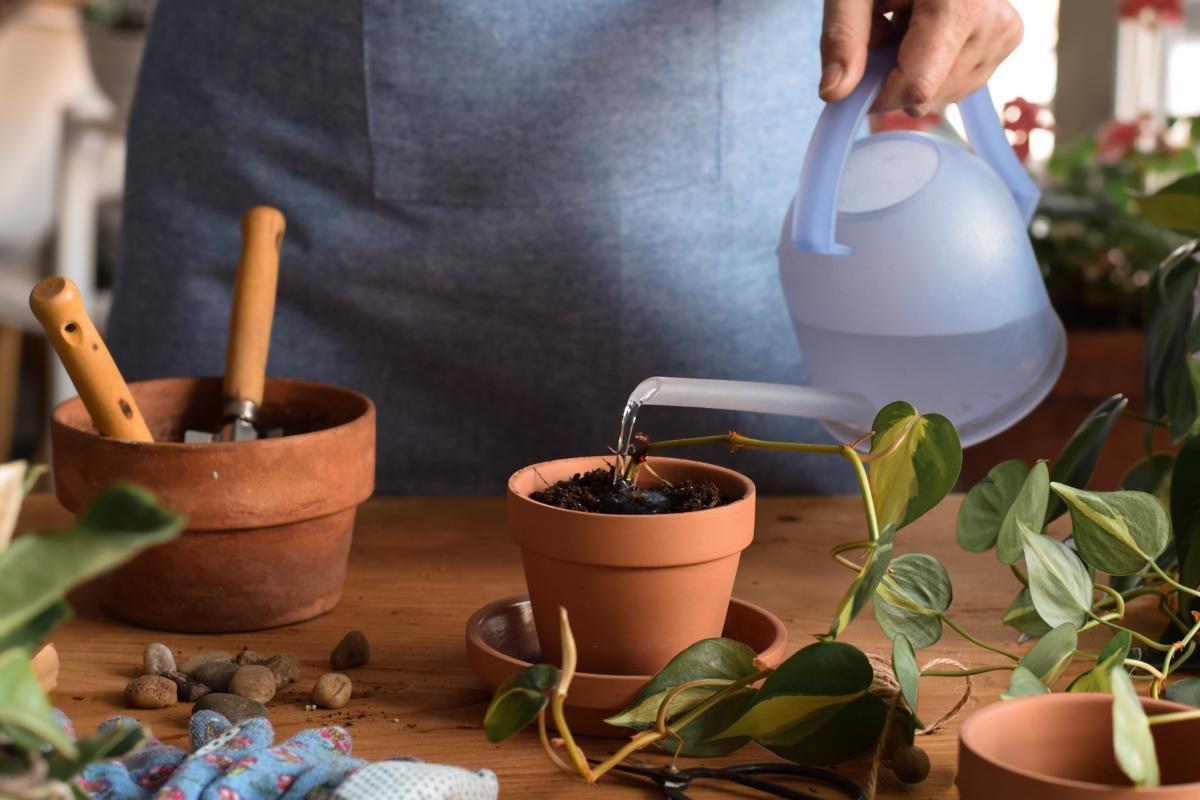Why Is My Pothos Not Growing Much?


Is your pothos looking lackluster instead of lush? Epipremnum aureum, commonly known as pothos or devil's ivy, is celebrated for its easy-going nature and reliable growth. However, even these resilient plants can experience growth issues that leave plant parents puzzled. Whether your pothos has stopped producing new leaves, shows signs of stress, or simply isn't thriving as it should, understanding the common causes can help you get your plant back on track.
In this article by thedailyECO, we'll explore the most frequent reasons why pothos plants stop growing, from environmental factors like temperature and light to care-related issues such as watering and fertilization.
Dormancy
Pothos plants naturally slow their growth during colder months, entering a period called dormancy. During this rest phase, your plant conserves energy by pausing new growth until environmental conditions improve.
When temperatures drop and daylight hours decrease, pothos plants respond by slowing their metabolic processes. This survival strategy helps them conserve resources during unfavorable conditions. While your plant may appear inactive, it's actually preparing for future growth.
During dormancy, you can expect:
- Slower or paused growth
- Fewer new leaves
- Reduced water needs
- Less frequent fertilizer requirements
Don't worry if your pothos seems less vigorous during winter months, this is perfectly normal. Continue providing basic care, but adjust your watering schedule and hold off on fertilizing until spring signals the return of the growing season.
Don't let yellowing leaves ruin your pothos. Find the solutions here.
Low temperatures
Native to the tropical forests of French Polynesia and Southeast Asia, Epipremnum aureum thrives in warm conditions that mirror its natural habitat. When temperatures drop below their comfort zone, these plants respond by slowing or stopping growth.
These plants thrive in temperatures between 70-90°F (21-32°C). However, they are susceptible to cold drafts from windows, doors, or air conditioning, and should be kept away from cold windowsills, especially during the winter.
Common temperature stress signs include:
- Yellowing leaves
- Drooping stems
- Stunted growth
- Leaf drop in severe cases
If you grow your pothos outdoors during warm months, bring it inside before temperatures drop below 65°F (18°C). Place your plant in a warm room away from cold drafts, but avoid putting it near heating vents, which can cause dry air conditions.
While providing warm temperatures is crucial, remember that pothos also needs appropriate light and humidity levels to thrive. A warm but dark corner won't support healthy growth.
Looking to expand your indoor jungle while keeping your space cool? Check out our guide to plants that naturally help beat the heat.
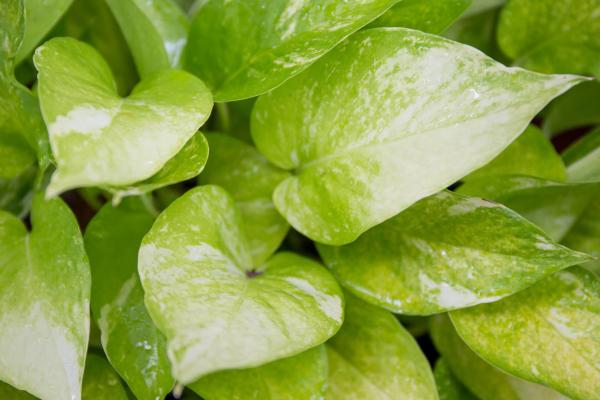
Insufficent light
While Epipremnum aureum is known as an adaptable indoor plant, proper light levels are crucial for healthy growth. Light drives photosynthesis, the process plants use to produce energy for new leaves, stems, and overall development.
Common signs of insufficient light include:
- Slow or stopped growth
- Small, pale new leaves
- Elongated stems between leaves
- Loss of variegation in patterned varieties
While pothos can survive in lower light conditions, they won't thrive or produce new growth without adequate brightness. However, avoid direct sunlight, which can scorch the leaves and stress the plant.
For well-lit photos, follow these tips:
- Place it near windows with sheer curtains
- Place it in well-lit rooms but not in direct sun beams
- You can also place it under artificial grow lights if natural light is limited
- Rotate the plant regularly for even growth
Remember that seasonal light changes affect growth. Your pothos may need a different location during winter months to maintain adequate light exposure.
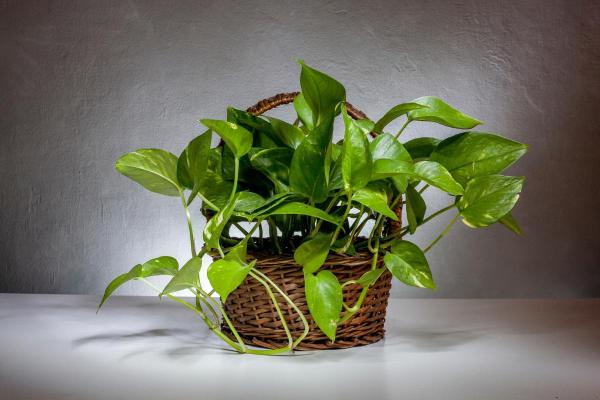
Lack of nutrients
Epipremnum aureum needs proper nutrition to produce new growth, especially when confined to pots, where nutrients can become depleted over time. While these plants aren't heavy feeders, they benefit from regular fertilization during their growing season.
Feed your pothos with a balanced liquid fertilizer every 4-6 weeks from spring through summer. This provides essential nutrients, particularly nitrogen, which supports photosynthesis and leaf production. Always dilute fertilizer to half strengthto prevent root burn, and water the plant thoroughly before applying.
Signs of nutrient deficiency include:
- Pale or yellowing leaves
- Slow growth despite good conditions
- Smaller new leaves
- Weak stems
During fall and winter, reduce or stop fertilizing as the plant's growth naturally slows. If you're unsure about fertilizing, remember that under-fertilizing is safer than over-fertilizing. This plant can tolerate lean conditions better than nutrient burn.
Ready to expand your climbing plant collection? Check out our beginner's guide to the best indoor vines that can keep your pothos company.
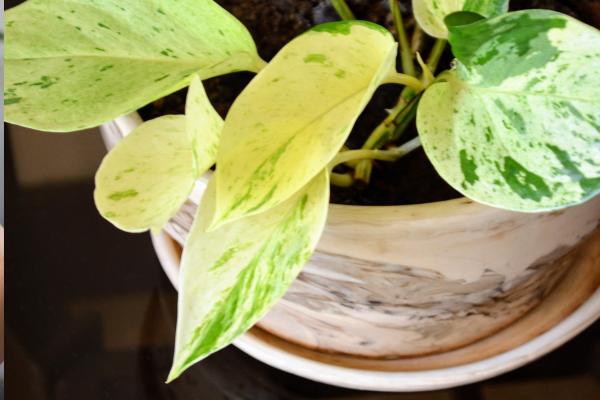
Excessive root growth
As Epipremnum aureum matures, its root system can outgrow its container, leading to stunted growth. This condition, known as being root bound, prevents the plant from properly absorbing water and nutrients.
Signs your pothos needs repotting:
- Roots emerging from drainage holes
- Visible roots at the soil surface
- Slowed or stopped growth
- Water running straight through the pot
- Plant becoming top-heavy
When repotting, choose a container 1-2 inches larger in diameter than the current pot. Prepare a well-draining potting mix by combining:
- Equal parts worm castings and peat moss
- Perlite for improved drainage and aeration
- Fresh potting soil for additional nutrients
Gently loosen the root ball before replanting to encourage roots to expand into their new space. Water thoroughly after repotting, and place the plant in a location with bright, indirect light while it adjusts to its new container.
Remember that healthy pothos plants typically need repotting every 2-3 years, though this can vary based on growth rate and container size.
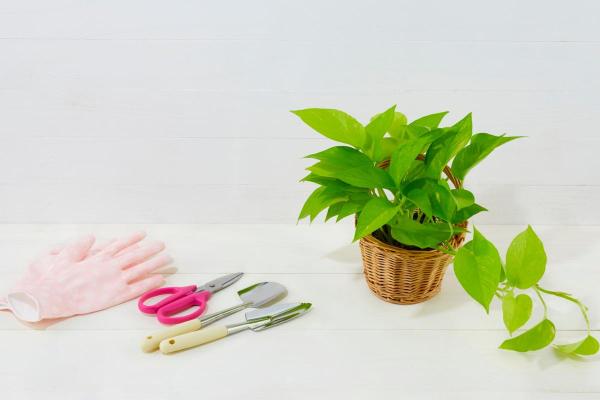
Overwatering
Overwatering is a common issue that can seriously harm your Epipremnum aureum. When soil stays too wet, roots can't access the oxygen they need, leading to root rot and stunted growth. Signs of overwatering include yellowing leaves that eventually drop, soft stems, and a general lack of new growth
Tips for healthy watering:
- Use pots with drainage holes
- Empty drainage trays after watering
- Water thoroughly until it flows from drainage holes
- Reduce watering during dormant winter months
Seasonal adjustments are also important, expect to water:
- Summer: every 5-7 days typically
- Winter: every 10-14 days or less
A simple way to check moisture levels is to insert your finger about 5 cm (2 inches) into the soil. If it feels dry at that depth, it's time to water. This method is more reliable than following a strict schedule, as indoor conditions can vary significantly.

Underwatering
Just as overwatering harms Epipremnum aureum, insufficient water also prevents healthy growth. When pothos plants don't receive enough water, they can't transport nutrients or perform photosynthesis effectively.
Signs of underwatering include:
- Crispy, brown leaf edges
- Wilted, drooping leaves
- Dry, compacted soil
- Slow or stopped growth
- Leaves curling inward
As we have said before, it is important to check soil moisture by touching the top 2.5-5 cm (1-2 inches) of soil. When it feels dry at this depth, water thoroughly until it flows from the drainage holes. During hot, dry periods, you might need to:
- Increase watering frequency
- Monitor soil moisture more often
- Consider using a humidity tray
- Move plant away from heating vents
Remember that a wilted pothos can usually recover quickly with proper watering, but don't overcompensate by drowning the plant. Return to a normal watering routine once the plant shows signs of recovery.
Fascinated by water propagation? Learn which other houseplants can join your pothos in creating a stunning water garden.
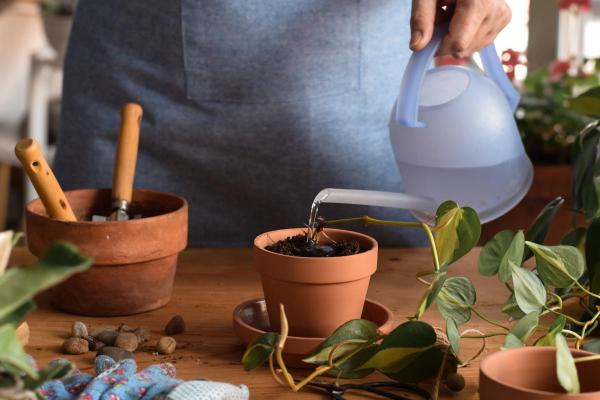
Pest infestation
Epipremnum aureum can fall victim to several sap-sucking pests that drain nutrients from the plant, leading to weakened growth. Common pests include:
Spider Mites (Tetranychus urticae):
- Tiny red or brown specks under leaves
- Fine webbing between leaves and stems
- Yellow stippling on leaf surfaces
- Most common in dry, warm conditions
Mealybugs (Pseudococcidae):
- White, cottony masses in leaf joints
- Sticky residue on leaves
- Often found in leaf axils and stem corners
- Spreads quickly to nearby plants
Aphids (Aphidoidea):
- Small, pear-shaped insects
- Clusters on new growth
- Sticky honeydew residue
- Leaves become distorted
At the first sign of pests, move your infected pothos away from other plants to prevent the problem from spreading.
Start treatment by wiping down the leaves with a diluted neem oil solution. This natural option is both effective and safe for your plant. If you prefer, you can also use insecticidal soap, making sure to cover all affected areas, especially the undersides of leaves where pests love to hide.
For spider mites in particular, increasing humidity around your plant can help discourage these moisture-hating pests. The key to staying pest-free is prevention, so take a few minutes each week to look over your pothos, paying special attention to leaf joints and stem corners. It's much easier to deal with a few unwanted visitors than waiting until you have a full-blown infestation on your hands.
Don't forget to recheck your plant a week after treatment, as you may need a second application to catch any newly hatched pests. Once your pothos is pest-free, regular cleaning of the leaves will help keep it that way.
If you want to read similar articles to Why Is My Pothos Not Growing Much?, we recommend you visit our Plant care and cultivation category.
Doane, M., Harding, E. (2022). Well-cared-for plants, happy plants. Spain: Blume.





